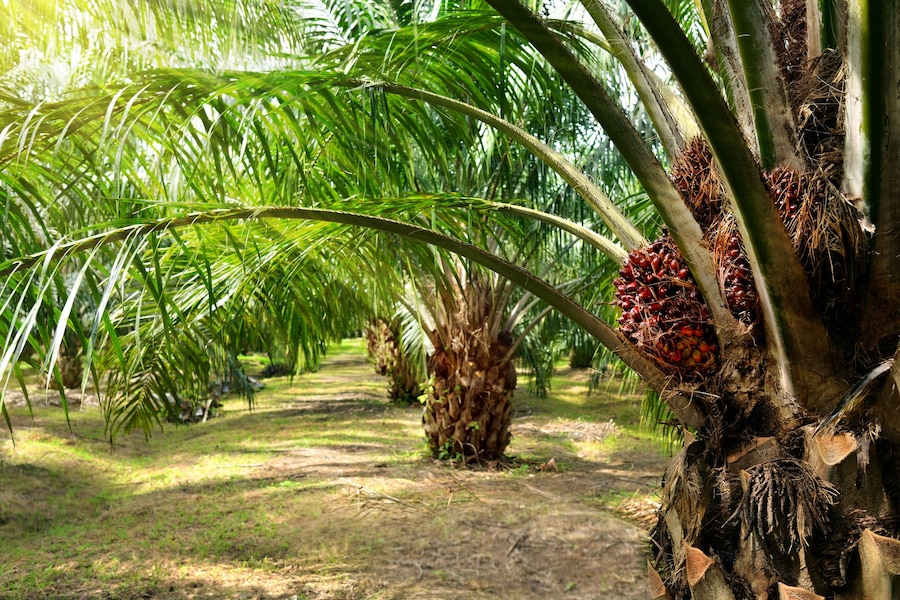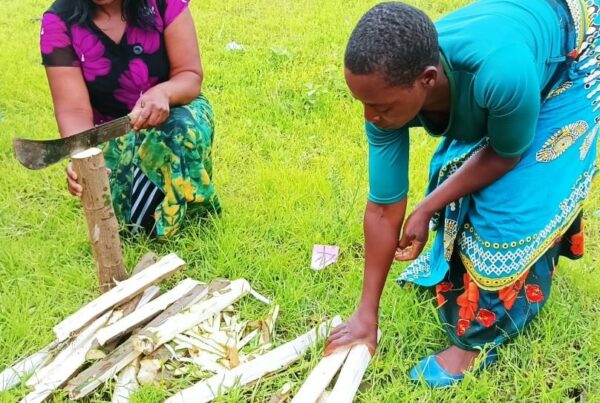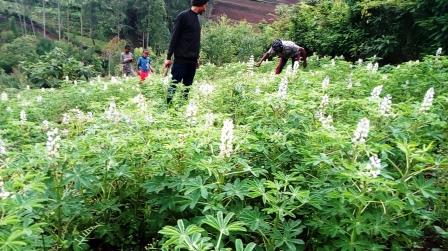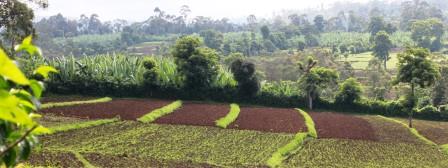This set of documents sums up the findings of several works related to palm oil production in Bombali District, including a specific study conducted in 2017 aiming at better understanding the history of palm oil production in the North, its importance in the local economy, the cropping and processing practices… It also comes back on the pilot activities developed by Inter Aide around palm oil production in order to improve the economic situation of farming families, especially the promotion of palm oil pit processing technique.
The outputs of these different works have been organised in 3 different and complementary documents (one of which still being under preparation):
– Document 1: Palm oil production in Bombali District (northern part of Sierra Leone): after an introduction of the biology of palm oil and its main by-products, this first document focuses on a review of the different evolutions of the cropping of palm trees in the North or Sierra Leone. It also presents the traditional cropping and processing practices as well as an analysis of the local market of the different by-products and their role in the farming families’ economy.
– Document 2: The palm oil pit and a comparison of two artisanal processing techniques: this second document describes the technic of the palm oil pit processing. It then provides a comparison of the palm oil pit with the traditional “mortar and pestle” processing technique, through different analytical perspectives (manpower requirements, extraction rate, generated gross value,…). An appendix guidelines explains how to build and use a cemented palm oil pit (a similar document will be published soon for clay pits).
More generally, this experience is interesting to better understand the complexity of mechanisms and conditions that enable or limit the diffusion and the adoption of innovations among rural farming families.





